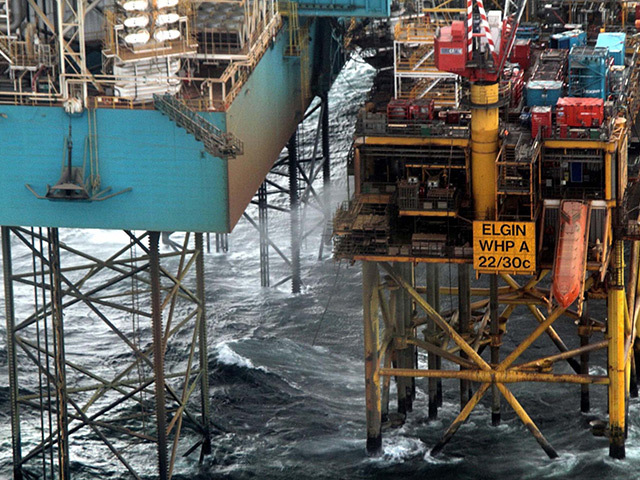
A huge increase in UK North Sea hydrocarbons releases (HCR) over the past seven months has prompted the head of offshore safety at the Health & Safety Executive to write to operators warning them to get their act together.
In a toughly worded letter dated November 26, Susan Mackenzie warns: “HSE received 79 HCR reports between April and November 1, 2013. This compares with 56 in the same period in 2012.
“This is a worrying reversal of the positive 49% reduction in the past three years. It makes the industry target to reduce HCRs by a further 50% by April 2016 even more challenging.”
Mackenzie had previously warned the industry at the Offshore Contractors Association annual dinner that its way of measuring such releases was also unacceptable.
And yet, in both the letter and at the Aberdeen dinner she praised the industry for the manner in which the latest Super Puma disaster had been handled.
“The speed and effectiveness of the industry’s response to the helicopter disaster on August 23 impressed me,” she says in the document, a copy of which is in Energy’s hands.
“This recent increase in HCRs provides a different, but no less serious a challenge to industry.
“Uncontrolled release of hydrocarbons is a significant offshore major accident precursor. We all recognise that reducing HCRs is essential in reducing the likelihood of a catastrophic fire and explosion.
“Any increase in HCRs is justifiably of significant concern to offshore operators, contractors, workers, Trades Unions and HSE. HCRs represent failures in your management of major hazard risk.
“I believe we must all work together to identify the causes of the increase in reported HCRs, and act to ensure they are addressed.”
Mackenzie has, as a first step to understanding what underlies the figures, asked her team to analyse HCR data to determine whether there are any common failures and any change in the nature or type of releases.
“I will share any conclusions from the analysis as they emerge,” she writes. “T
he Asset Integrity Steering Group is currently analysing last year’s reports on SADIE (Incident Alerts Database) to identify lessons from these too. Again, I know they are committed to sharing lessons promptly.
“In the meantime, you – as a senior industry leader – must ask yourself some hard questions about what underlies the sudden and significant increase in reported releases. In doing so, I want you to look critically within your own operations and across industry.
“Although the industry has done much work to improve the management of HCRs over the last few years, there is obviously more to be done.
“I expect you to be investigating all your HCRs, identifying root causes of failure, and taking effective remedial action.
“In particular, I want you to now examine your existing HCR reduction plans afresh, updating where necessary to make sure they are fit for purpose in the light of the industry goal for the continuing reduction of HCRs.
“Make sure you are putting sufficient resources and management commitment into implementing your plans. It is important you demonstrate active, personal leadership and make sure the right action is being taken to manage the risk. As part of your review, you should check that you are applying the standards already captured in Step Change in Safety guidance.”
At the OCA dinner, Mackenzie was scathing of the industry’s approach to its core business . . . handling hazardous substances.
She inferred that there had been too much focus on the softer safety challenges such as holding handrails on stairs and not enough on what really matters.
She warned too that, because of the way in which operators have over the past 15 years or so transferred so much of the running of their North Sea assets to contractors a number of which are duty holders, those contractors have a very powerful role to play in future safety..
Moreover, operators would be lost without the contractors.
Returning to the letter, Mackenzie says that she expects Step Change to identify cross-industry lessons and address these with senior leaders.
She requests that the leadership should write to her by December 20 confirming:
- That they have reviewed and updated their HCR reduction plans in the light of their investigations and the Step Change guidance.
- That they have input the details of their HCRs and investigation findings on to SADIE. Alternatively, advise Mackenzie that they will have done this.
- The actions that each industry leader is taking personally to ensure they manage the risk within their operations, and the contribution they are or will make to the industry wide reduction programme.
Recommended for you

